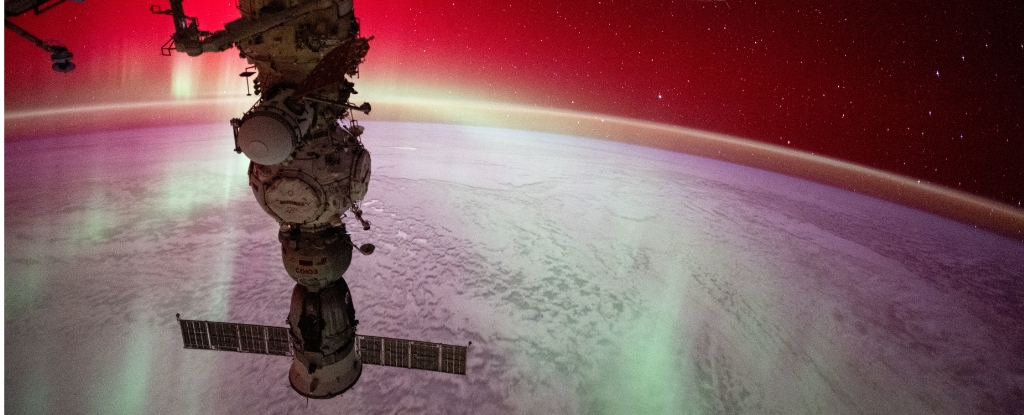Astronomers used the James Webb Space Telescope to detect the most distant pair of colliding black holes ever observed, located over 13 billion light-years away.
The black holes were detected during the early universe known as the cosmic dawn, around 740 million years after the Big Bang.
Each black hole is estimated to be around 50 million times the mass of the sun, which is unusually large for such an early epoch.
The black holes were spotted merging together in the galaxy system ZS7. Webb’s infrared cameras provided unprecedented sharp images allowing the two black holes to be spatially separated.
This challenges theories on how black holes could grow so massive so quickly in the young universe. Merging is believed to be an important way for black holes to rapidly accumulate mass.
Finding such massive merging black holes so far back in time adds evidence that black holes played a key role in shaping early galaxy evolution.
Future gravitational wave detectors may be able to detect ripples from these ancient black hole mergers, providing more evidence of their influence in the early universe.
Source: Live Science









